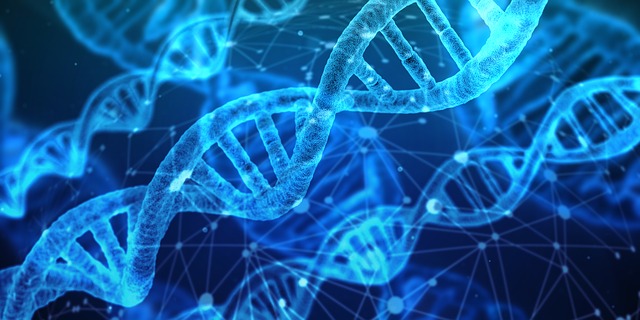If there is any scientific study that made the greatest impact on our understanding of human nature, it is the Human Genome Project. Completed in 2003 after 13 years of mapping all the genes that make up the human body, their various functions, as well as their forms, it has created resulted into a human reference genome which represents all the DNA base pairs in a reference human being (currently referred to as RPCI-11). The resulting reference genome has been instrumental in various genetics research. In fact, it has been used to show that all humans in this planet are related to one another, despite their physical differences.
In a research conducted by Salzberg and Sherman involving more that 900 individuals from difference countries, all of whom are of pan-African descent, they discovered that the genes of these subjects differ significantly from the reference genome. According to the study, more than 300 million pieces of DNA found among the pan-Americans are missing from the reference genome – an number which cannot simply be disregarded as is the usual practice in genetics research.
Why It Matters
Salzberg’s and Sherman’s findings are significant because it shows exactly what is wrong with materialistic science. Instead of capturing the complex diversity of nature, it simplifies life, in order to create a standardized view of all creation.
Though simplifying nature into its building blocks is necessary to understanding our humanity better, as researchers, we must consciously keep in mind that the various components of life we are studying does not represent the entirety of the living system. Science has proven time and time again that in nature, the whole is more than the sum of its parts. This adage holds true also for the human individual and the society he/she creates. Any science we create, any standards we determine for the human being must consider the diversity and complexity we represent.
Read Original Article

Read Online
Click the button below if you wish to read the article on the website where it was originally published.

Read Offline
Click the button below if you wish to read the original article offline.
